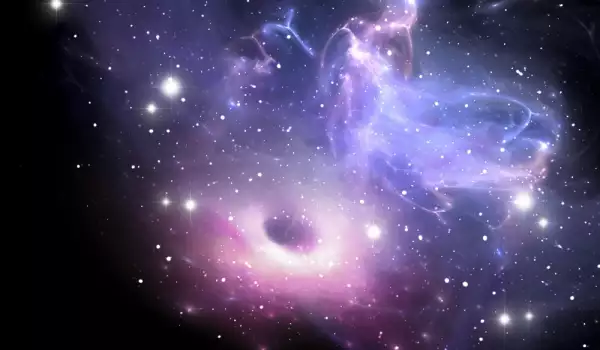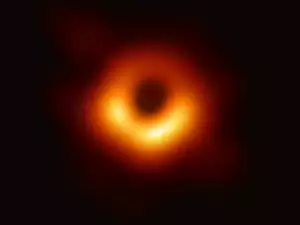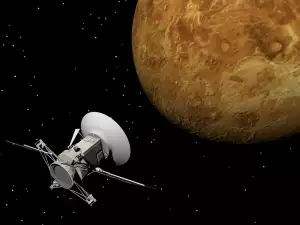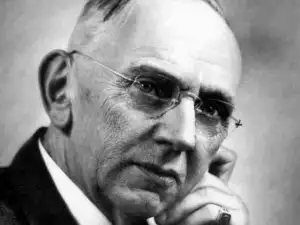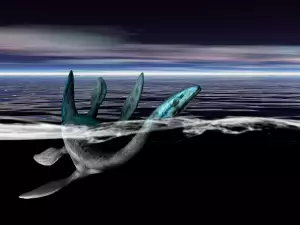Just a little over 100 years have passed since the great scientist Albert Einstein talked about gravitational waves, basing his theory of relativity on them.
This theory was confirmed by 3 leading American institutions, who announced at a conference in Washington that the for the 1st time they've managed to detect gravitational waves, which according to the hypothesis distort space and time.
This is perhaps the greatest scientific find in the field of physics in decades and ushers in a new age of space exploration. It may even become a Nobel Prize contender.
The news was officially announced by scientists from the Laser Interferometer Gravitational-Wave Observatory (LIGO), experts from Caltech and MIT.
They explain that the gravitational waves are coming from the collision of 2 black holes, which are 30 times more massive than the Sun and are located approximately 1.43 billion light years from Earth.
To confirm their existence, scientists used 2 lasers, located in the states of Washington and Louisiana. With them they measured the behavior of the hypothetical signal from the gravitational waves.
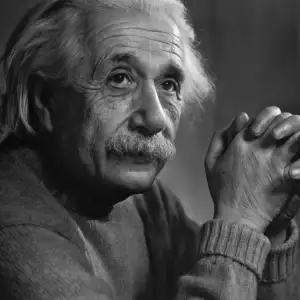
The gravitational waves were detected during the final phase of the merging of 2 black holes into one supermassive black hole. This type of collision was only theorized up until now, never actually observed.
The fluctuations were transformed into sound waves and scientists even managed to hear how the 2 black holes merged into 1.
The discovery of gravitational waves is categorical proof of the general theory of relativity. They show that the Big Bang really did happen and with it began the process of expansion of the space-time continuum.
Gravitational waves mark the threshold of a new age of observation of the Universe and exploration of distant celestial objects.
